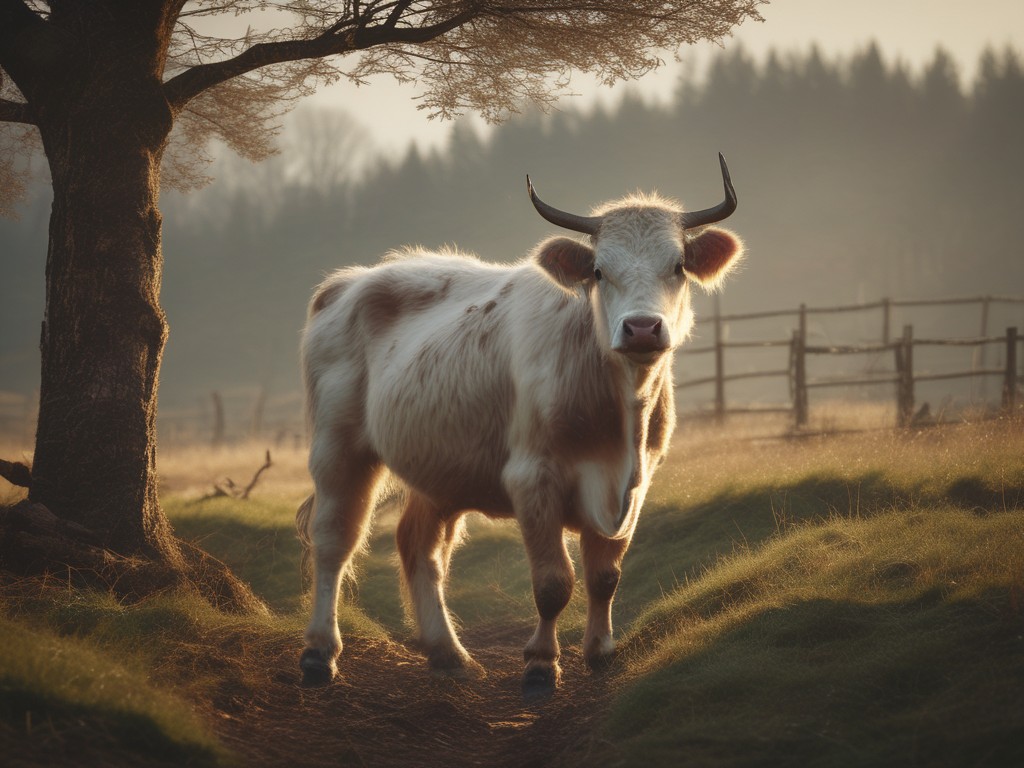Temitayo A. Olagunju from the University of Idaho presented at London Calling 2024 on “Assembling a T2T cattle genome with Oxford Nanopore reads.”The breed of cattle they focused on is the gyr, with a characteristic hum on the back and important for milk production. They are often intercrossed/interbred with other bos cattle for their features and resilience. Cattle chromosomes are mainly acrocentric and repeat-rich. Thus, they are often challenging for genome assembly. With long reads, there is the opportunity, Olagunju mentioned, to assemble cattle genomes. The assembly size of the reference UOA-Brahman_1 genome is 2.7 Gb with over 1,200 scaffolds. Olagunju and the team obtained blood from a female individual. They obtained 41x coverage with Oxford Nanopore ultra-long reads, 40x with Nanopore duplex, and 41x with Pore-C. They base called with Dorado and assembled with Verkko. The haplotypes were distinguished, and the Bandage plot helped depict the haplotypes. While their new genome has not been published, they could still recover T2T chromosomes (2). Olagunju shared BUSCO Gene completeness scores. The BUSCO scores are not yet as high as the reference, but the mixed method approach does provide high BUSCO scores. Olagunju concluded that they hope to continue improving the gyr assembly. I did not realize that cattle genomes were so complicated and the chromosomes are acrocentric!



